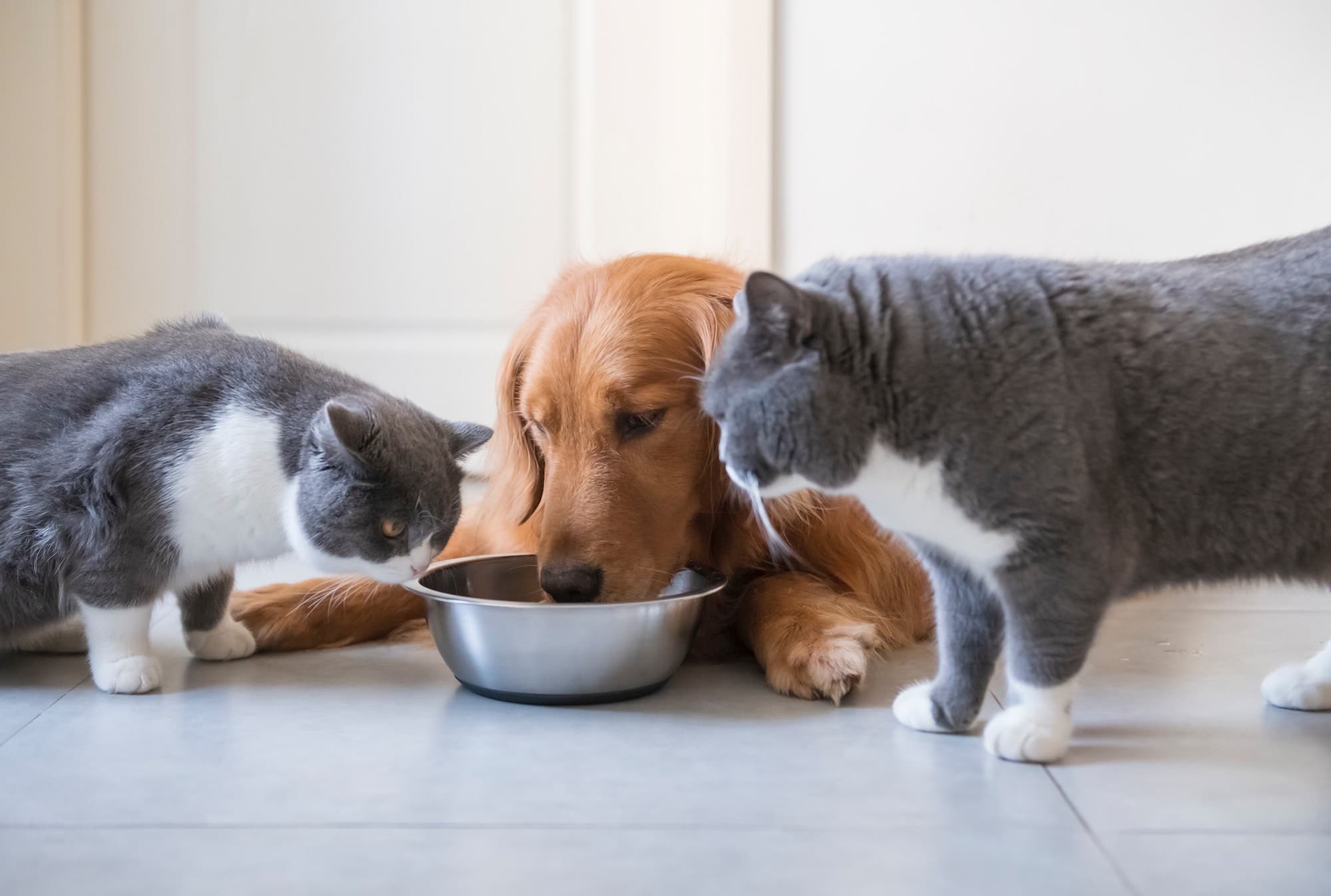Processed Animal Proteins (PAPs) are a healthy, sustainable and safe feed ingredient made from Category 3 animal by-products. They are used in livestock feed, aquafeed and petfood in Europe as well as being exported internationally.
Animal feed
In Europe, Category 3 PAPs from pigs can be used in poultry feed, and Category 3 PAPs from poultry can be used in pig feed. Rendered fat is also used in feed
Inclusion rates are typically in the range of 5–10%. PAPs contain many essential nutrients and amino acids that are beneficial for animal welfare and development.
Nutritional and sustainability benefits
In 2021, EU legislation changed to permit the use of PAPs in pig and poultry feed. Read EFPRA's in-depth analysis about nutritional benefit of PAPs and their successful reintroduction into compound feed.
Promoting circularity in EU feed
Livestock feed production is an example of the circular economy in action. Secondary resources that are not used in human food are included in feedstuffs, returning energy and nutrients to the food chain. However, there are opportunities for better valorisation of several by-products in feed to improve the sustainability and circularity of the EU food […]
Success using PAP in livestock feed
In September 2021, the European Union partially lifted the feed ban for PAP (Processed Animal Protein). Allowing the use of poultry PAP in pig feed and porcine PAP in poultry feed, intra-species consumption remains prohibited. The use of both types of PAP has been permitted in aquaculture since 2017. To avoid possible cross-contamination, there are […]
Research summary of PAPs in poultry diets
Processed Animal Proteins (PAPs) were banned from diets of farmed animals in the EU for approximately 20 years. During this time processing techniques for animal proteins have changed and improved. Consequently, the specifications of products in feedstuff tables do not accurately represent the composition and quality of available PAPs. Amendments to the feed ban came […]
Summary of research on PAPs in pig diets
Processed Animal Proteins (PAPs) were banned from diets of farmed animals in the EU for approximately 20 years. During this time processing techniques for animal proteins have changed and improved. Consequently, the specifications of products in feedstuff tables do not accurately represent the composition and quality of available PAPs. Since September 2021, amendments to the […]
Aquafeed
Salmon is the main fish reared by European aquaculture producers. It is a carnivorous fish that eats insects, aquatic inverterbates and smaller fish in the wild. PAPs are a suitable feed ingredient to replace these sources of protein in an aquaculture diet.
Aquafeed has included non-ruminant PAPs since 2013. They have a better nutritional profile than vegetable proteins and reduce demand for fishmeal from caught wild fish. Rendered fats are also used in aquafeed.


Pet food
Around half of all households own a pet. Many common pets including cats and dogs are naturally carnivorous so need a diet that is rich in protein.
PAPs have excellent nutrition and flavour for pet food. As PAPs come from by-products they have a low carbon footprint compared to meat and some vegetable sources of protein such as soya from recently deforested areas. For environmentally conscious pet owners, this is an important benefit of feed containing PAPs.
Rendered fat is also used in pet food and help ensure that pets have a safe, healthy and nutritious diet.



